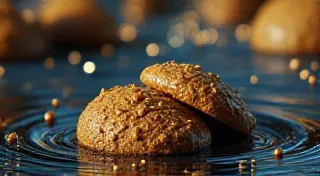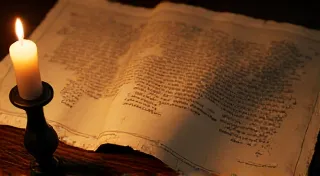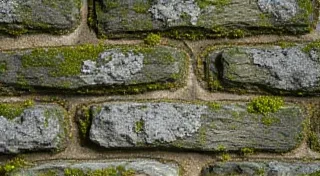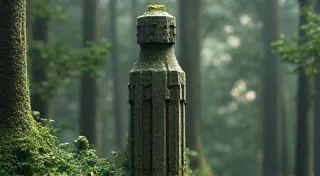The Pen’s Biography: A Case Study in Antique Calligraphy Restoration
There's a particular reverence that settles over me when I hold an antique calligraphy pen. It’s not just the coolness of the metal, nor the elegance of the design, but the feeling of connection to a past life. Each scratch, each tiny imperfection, whispers of the hand that held it, the words it crafted, and the stories it helped to tell. More than just a writing instrument, these pens are vessels of history, silent witnesses to eras gone by. Recently, I encountered a specimen that demanded more than just a gentle cleaning; it required a deep dive into its biography, a complex restoration that revealed a fascinating tale.
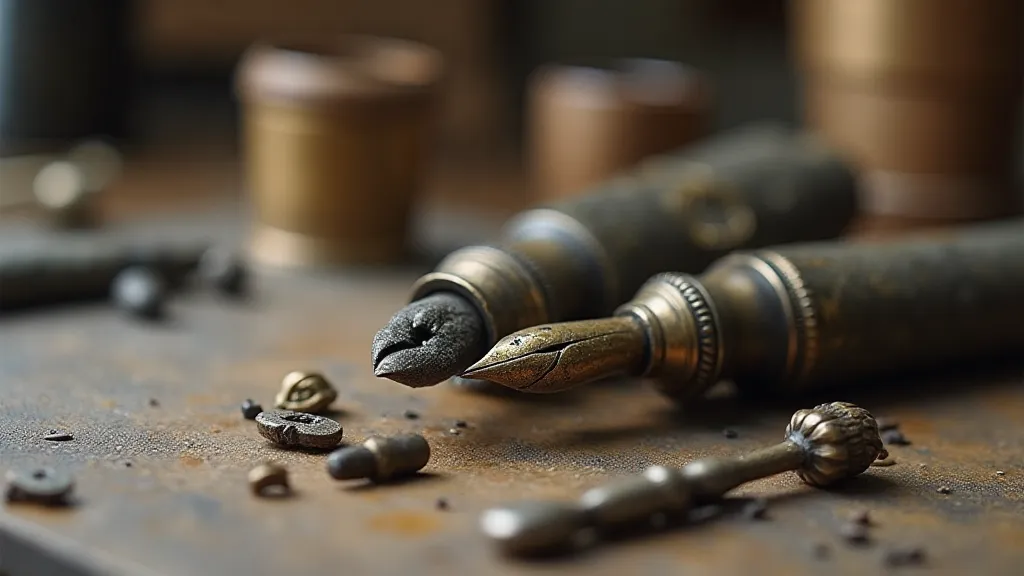
A Pen’s Silent Story
The pen arrived in my workshop, encased in a crumbling velvet-lined box, seemingly abandoned after decades of neglect. It was a Conway Stewart 81, a model popular in the 1930s – a period of significant change and artistic flourishing. Its ebonite body, once a deep, lustrous black, was now marred by yellowing and surface scratches. The gold nib, normally gleaming with a warm luster, was dull and corroded. The piston mechanism, responsible for drawing ink, felt gritty and unresponsive. The previous owner, a descendant of a local solicitor, explained it had been found in the attic, forgotten amongst a pile of old documents.
Conway Stewart pens, particularly from the '80's series, represent a pivotal era for the company. They were competing with the rising tide of Parker and Waterman, pushing the boundaries of pen design and engineering. The 81, with its lever filler and later piston action (as seen in this example), signified an attempt to modernize and appeal to a broader clientele. This wasn't just a pen; it was a statement of status, a tool for communication in a world increasingly reliant on written correspondence. To restore it felt like a responsibility, an obligation to resurrect a piece of that history.
The Diagnostic Phase: Unraveling the Damage
The initial assessment revealed a multifaceted problem. The ebonite body, prone to oxidation over time, exhibited a significant yellowing. More concerning was the condition of the nib. It was not just tarnished; there was evidence of pitting and microscopic cracks, likely caused by a combination of ink residue and improper storage. The piston mechanism was clogged with dried ink and grime, preventing smooth operation. Finally, the lever, a delicate piece of metalwork, was bent and brittle.
Restoration, I believe, always begins with diagnosis. Rushing into cleaning or repair can exacerbate existing issues. I started by carefully documenting the pen’s condition – photographs, meticulous notes on the level of corrosion, and a thorough assessment of the nib's flexibility. Understanding the extent of the damage was crucial for determining the best course of action, and ultimately, for appreciating the challenges ahead.
The Restoration Process: Patience and Precision
The cleaning process began with a series of gentle ultrasonic baths using a specialized mixture of distilled water and a mild detergent. The goal was to loosen and remove the accumulated grime without damaging the ebonite. The nib required a more delicate approach. I employed a combination of micro-polishing with fine grit polishing compounds and a carefully calibrated ultrasonic cleaner. This process, repeated over several sessions, gradually revealed the underlying gold, though complete restoration of the nib's original brilliance was unfortunately not possible, given the severity of the corrosion. The microscopic cracks remained, a testament to the pen's long and eventful life.

The piston mechanism was arguably the most demanding aspect of the restoration. Each component was painstakingly disassembled, cleaned, and lubricated. The piston seal, a vital element for ink flow, was beyond repair and had to be sourced from a vintage pen parts supplier – a tricky endeavor in itself, as these components are often rare and expensive. Reassembly required immense precision and a steady hand. A slight misalignment could render the pen unusable.
The lever, bent and weakened, presented a unique challenge. Attempting to straighten it risked snapping it completely. Instead, I carefully annealed the metal – a process of controlled heating to improve its malleability – and slowly, patiently, coaxed it back into its original shape. It was a slow and delicate dance between heat and precision.
Beyond Repair: The Beauty of Imperfection
As the restoration progressed, I realized something profound. While I was striving to return the pen to its original condition, some damage was simply irreversible. To attempt a full “perfect” restoration would have been a disservice to the pen's history. The pitted nib, the faint scratches on the ebonite – these were not flaws, but rather, they were character marks, visual echoes of the pen’s biography. They spoke of a life well-lived, of words written and stories told.
Ultimately, the goal wasn’t to erase the past, but to preserve it, to stabilize it, and to allow it to be appreciated. The restored Conway Stewart 81 isn't a pristine museum piece; it's a working antique, a testament to the enduring quality of vintage pen craftsmanship, and a reminder that beauty often lies in imperfection.
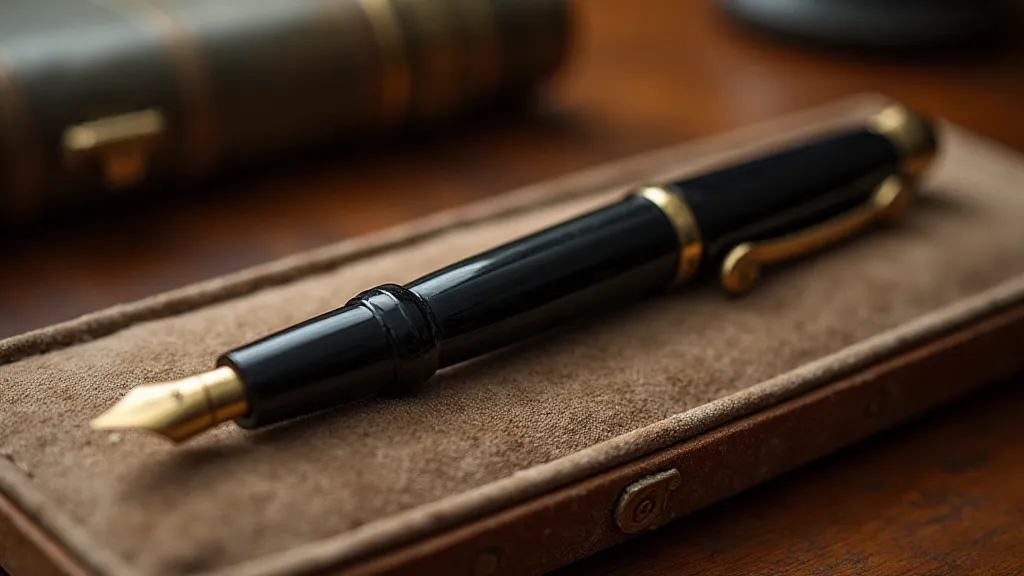
Lessons from a Pen's Life
This restoration was more than just a technical exercise; it was a lesson in appreciating the passage of time and the enduring power of craftsmanship. It highlighted the importance of patience, precision, and a deep respect for the history of an object. Each antique calligraphy pen holds a story, waiting to be rediscovered. The act of restoration isn’t just about repairing damage; it's about giving voice to that story, allowing it to resonate with a new generation. And that, I believe, is a privilege worth preserving.
